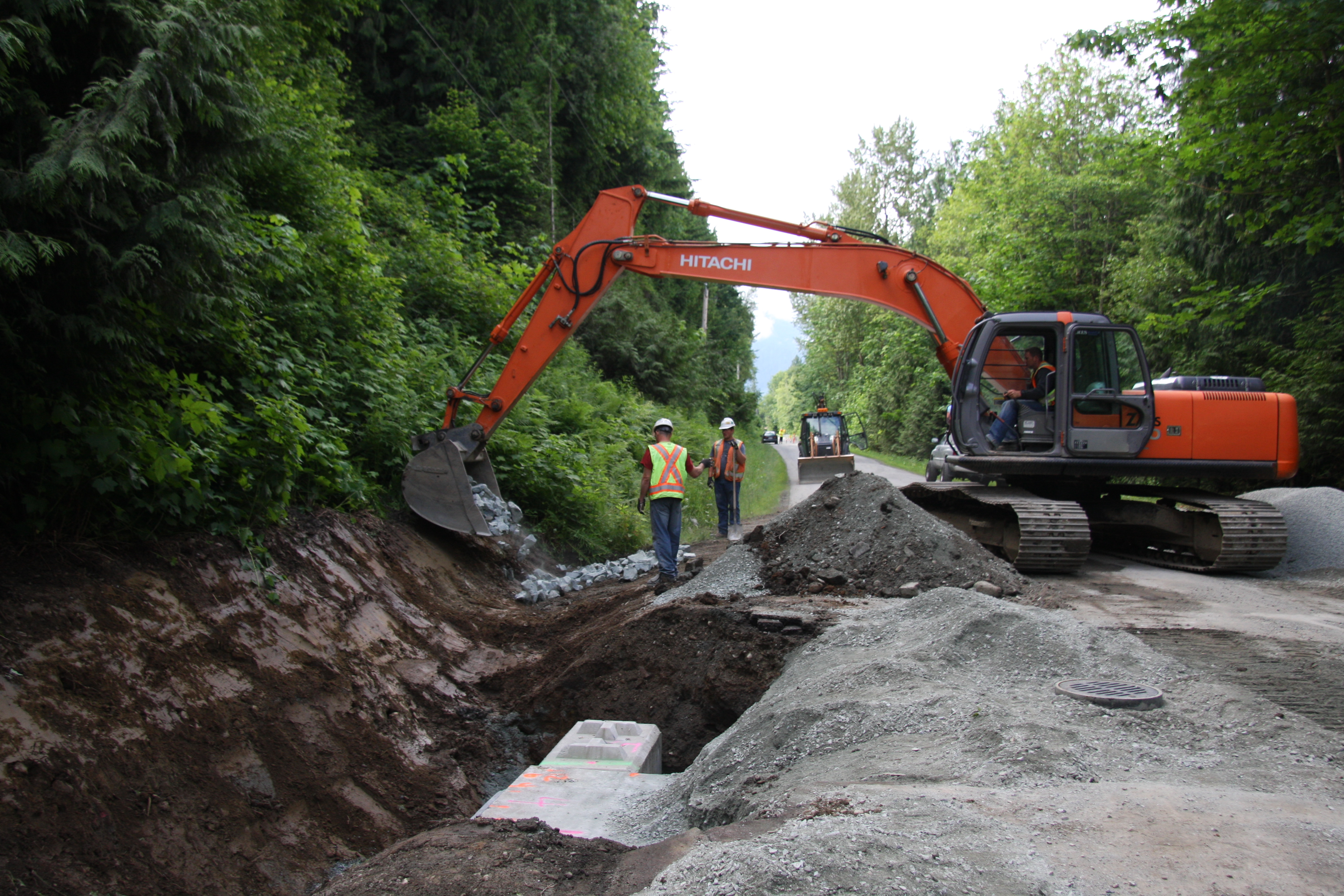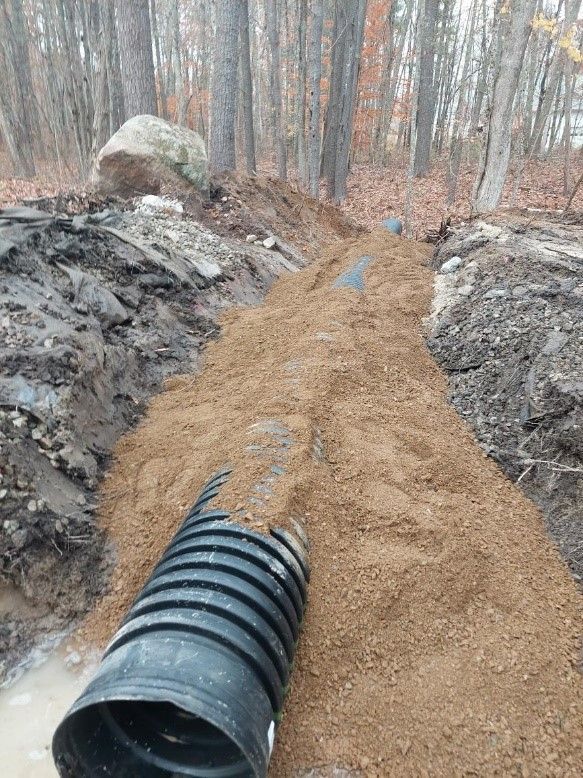Precision Pad Construction for Secure Foundations
Precision Pad Construction for Secure Foundations
Blog Article
Culvert Installation Facilitated: Step-by-Step Overview for Success
Installing culverts may look like a simple task, but guaranteeing a successful result requires mindful planning and implementation. From choosing the appropriate culvert size to incorporating appropriate drainage procedures, each step in the installation process plays a crucial role in the functionality and long life of the culvert system. By following a methodical approach and paying interest to key details, the installment can proceed smoothly, lessening possible concerns down the line. Remain tuned to uncover the crucial steps and considerations that can make culvert setup a smooth and successful endeavor.
Picking the Right Culvert Size
Selecting the suitable culvert dimension is vital for making sure efficient water flow and structural stability in culvert installation jobs - Pad Construction. The dimension of the culvert straight impacts the flow capacity of water with the framework. A culvert that is also tiny can bring about flooding and overflow, while one that is also large may result in lowered water velocity, possibly causing sediment accumulation and obstructions
To establish the best culvert size, factors such as the watershed area, optimal flow prices, and hydraulic performance need to be very carefully considered. Computations based upon these specifications help in selecting a dimension that can properly deal with the expected water quantity while minimizing the risk of blockages and architectural failure.
It is necessary to seek advice from engineering standards and criteria to guarantee that the picked culvert size meets the job requirements and local policies (Pad Construction). By choosing the best culvert dimension, project supervisors can maximize water circulation, protect against potential concerns, and boost the overall performance and longevity of the culvert installment
Preparing the Installation Website
Efficient culvert installation necessitates thorough prep work of the installment website to make sure optimum architectural assistance and performance. Prior to beginning the installment process, it is important to get rid of the website of any particles, plants, or blockages that could hinder the culvert's placement.
Additionally, it is important to think about elements such as soil make-up, groundwater levels, and environmental influences when preparing the installment website. Carrying out a comprehensive website analysis can aid determine any type of potential obstacles or risks that may affect the culvert's performance. By putting in the time to prepare the setup site correctly, you can assist assure a successful culvert installation that meets structural demands and ensures long-term capability.
Putting the Culvert Correctly

The grade at which the culvert is positioned is vital for keeping a correct slope for water flow. Additionally, the culvert must be oriented correctly to make certain that the inlet and outlet are in the correct locations. Pad Construction.
Backfilling and Condensing the Soil
Proper backfilling and compaction of the soil around the culvert is necessary to ensure security and avoid potential issues in the future. When the culvert is correctly put, the following critical step is to backfill the location around it with suitable material. The backfill product need to be devoid of rocks, debris, and raw material to avoid damage to the culvert. It is advised to make use of granular material such as sand or gravel for backfilling, Check Out Your URL as it provides excellent water drainage and compaction properties.
After positioning the backfill material, it is necessary to compact it in layers of uniform density. Making use of a compactor or a mechanical tamper, compact the soil gently to prevent damaging the culvert. Compaction helps in minimizing the opportunities of settlement and guarantees uniform support around the culvert. It is essential to compact the dirt uniformly on all sides of the culvert to keep its structural honesty.
Proper backfilling and compaction not just offer security to the culvert but additionally help in protecting against soil erosion and keeping the longevity of the culvert system.
Guaranteeing Correct Drainage Integration
Integrating effective drain services plays a critical duty in the overall capability and durability of culvert installments. Appropriate drain assimilation is necessary for managing water circulation, protecting against disintegration, and making sure the architectural integrity of the culvert system. To attain this, it is essential to design a detailed drain plan that takes into consideration aspects such as the volume of water anticipated, the our website topography of the location, and the kind of dirt present.

Additionally, including attributes like disintegration control procedures, such as riprap or vegetation, can better improve the performance of the drainage system. By very carefully intending and applying these drainage remedies, culvert installments can work effectively and hold up against the examination of time.
Final Thought
Finally, appropriate culvert installment is vital for maintaining effective water drainage systems. By selecting the right culvert dimension, preparing the setup site, putting the culvert properly, backfilling and compacting the soil, and ensuring appropriate water drainage combination, success can be accomplished. Adhering to these steps will certainly help you could look here ensure the longevity and performance of the culvert, ultimately contributing to the overall success of the drainage system.
Report this page